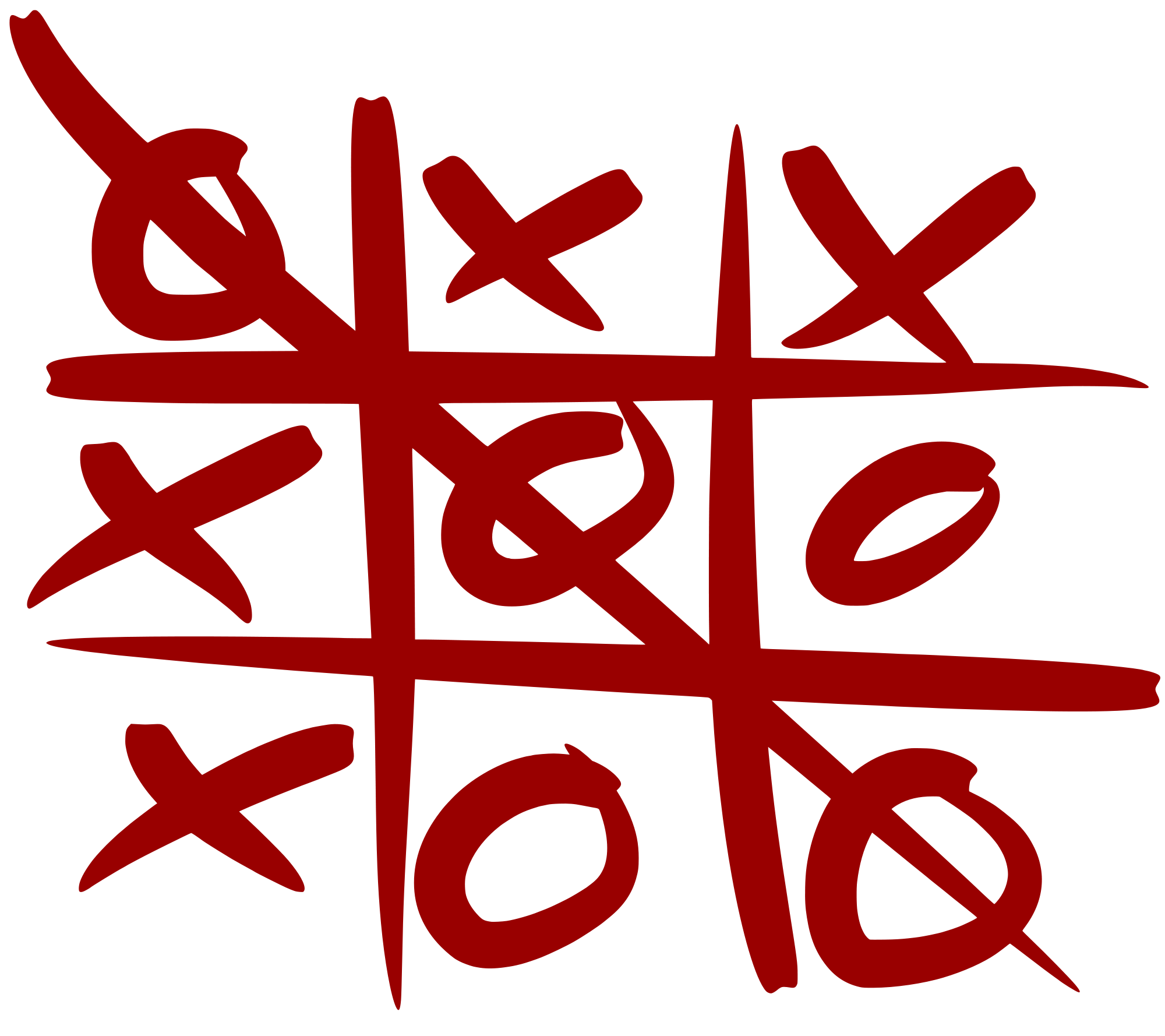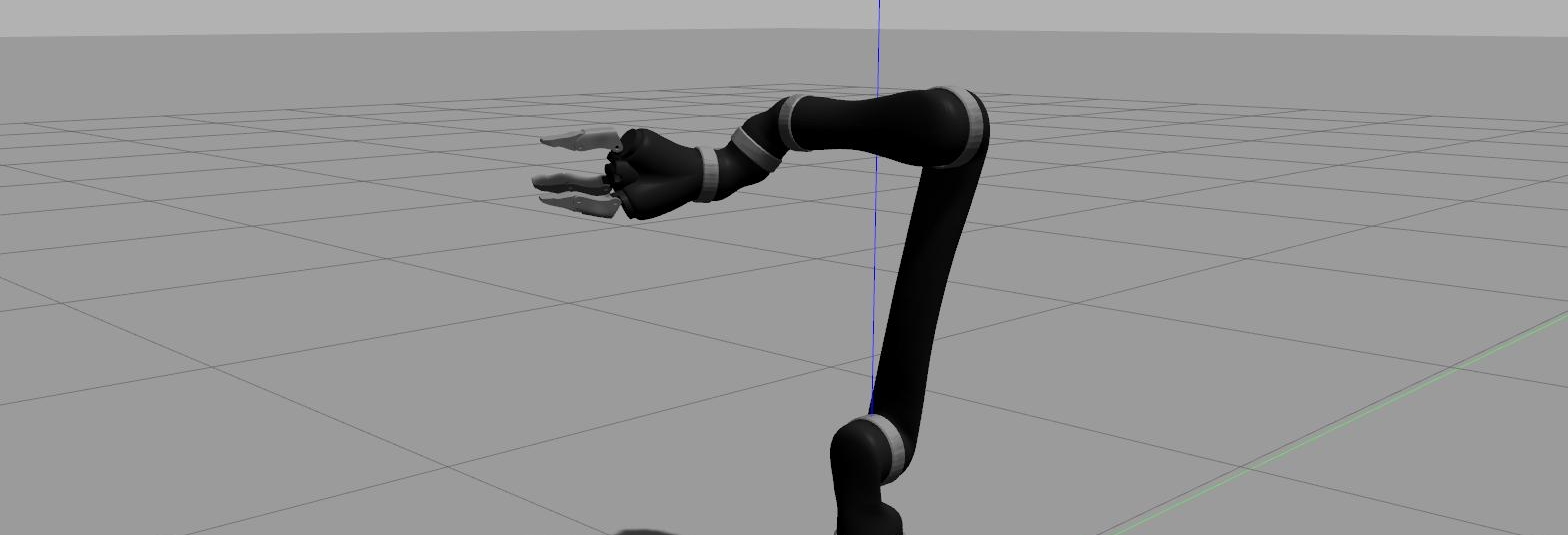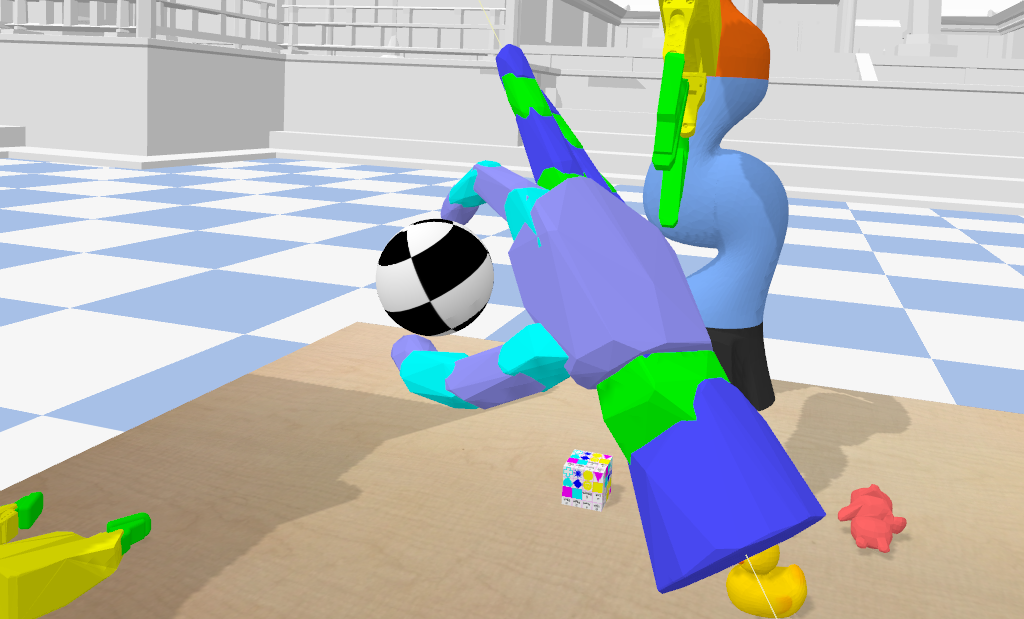In the previous article, we have created, installed and registered a minimalist Gym environment. However, this environment was not doing anything since we didn’t implement the 4 methods of the environment class: init, step, reset and render. In this article, we will see how to implement these 4 methods for a simple game: the tic-tac-toe.
Rules of the game
Let’s remind ourselves the rules of the game. The game is played on a grid that’s 3 squares by 3 squares. There are 2 players, one with X and the other with O. Players take turns putting their marks in empty squares. The first player to get 3 of her marks in a row (up, down, across, or diagonally) is the winner. A reward of +100 is given to the player wining the game.
 The tic-tac-toe game Source
The tic-tac-toe game Source
Implementation
Here is an example of implementation of the 4 methods.
import gym
from gym import error, spaces, utils
from gym.utils import seeding
class TicTacEnv(gym.Env):
metadata = {'render.modes': ['human']}
def __init__(self):
self.state = []
for i in range(3):
self.state += [[]]
for j in range(3):
self.state[i] += ["-"]
self.counter = 0
self.done = 0
self.add = [0, 0]
self.reward = 0
def check(self):
if(self.counter<5):
return 0
for i in range(3):
if(self.state[i][0] != "-" and self.state[i][1] == self.state[i][0] and self.state[i][1] == self.state[i][2]):
if(self.state[i][0] == "o"):
return 1
else:
return 2
if(self.state[0][i] != "-" and self.state[1][i] == self.state[0][i] and self.state[1][i] == self.state[2][i]):
if(self.state[0][i] == "o"):
return 1
else:
return 2
if(self.state[0][0] != "-" and self.state[1][1] == self.state[0][0] and self.state[1][1] == self.state[2][2]):
if(self.state[0][0] == "o"):
return 1
else:
return 2
if(self.state[0][2] != "-" and self.state[0][2] == self.state[1][1] and self.state[1][1] == self.state[2][0]):
if(self.state[1][1] == "o"):
return 1
else:
return 2
def step(self, target):
if self.done == 1:
print("Game Over")
return [self.state, self.reward, self.done, self.add]
elif self.state[int(target/3)][target%3] != "-":
print("Invalid Step")
return [self.state, self.reward, self.done, self.add]
else:
if(self.counter%2 == 0):
self.state[int(target/3)][target%3] = "o"
else:
self.state[int(target/3)][target%3] = "x"
self.counter += 1
if(self.counter == 9):
self.done = 1;
win = self.check()
if(win):
self.done = 1;
print("Player ", win, " wins.", sep = "", end = "\n")
self.add[win-1] = 1;
if win == 1:
self.reward = 100
else:
self.reward = -100
return [self.state, self.reward, self.done, self.add]
def reset(self):
for i in range(3):
for j in range(3):
self.state[i][j] = "-"
self.counter = 0
self.done = 0
self.add = [0, 0]
self.reward = 0
return self.state
def render(self):
for i in range(3):
for j in range(3):
print(self.state[i][j], end = " ")
print("")
This code is largely based on this article. The code can be found on GitHub.
Installation and test
As previously, we install and register the environment.
pip install -e .
We can test the environment using this code.
import gym
import gym_tictac
env = gym.make('tictac-v0')
for e in range(3):
env.reset()
print("######")
print("EPISODE: ", e)
print("######")
for t in range(9):
env.render()
action = t
state, reward, done, info = env.step(action)
print("reward: ", reward)
print("")
env.close()
You should see the following output.
######
EPISODE: 0
######
- - -
- - -
- - -
reward: 0
******
o - -
- - -
- - -
reward: 0
******
o x -
- - -
- - -
reward: 0
******
o x o
- - -
- - -
reward: 0
******
o x o
x - -
- - -
reward: 0
******
o x o
x o -
- - -
reward: 0
******
o x o
x o x
- - -
Player 1 wins.
reward: 100
******
o x o
x o x
o - -
Game Over
reward: 100
******
o x o
x o x
o - -
Game Over
reward: 100
******
This is not very exciting, as each player is adding its token one after the other but this is just to illustrate how to use the environment. In the next article, we will see how to create a more interesting Gym environment using the Pybullet physics engine.





Leave a comment